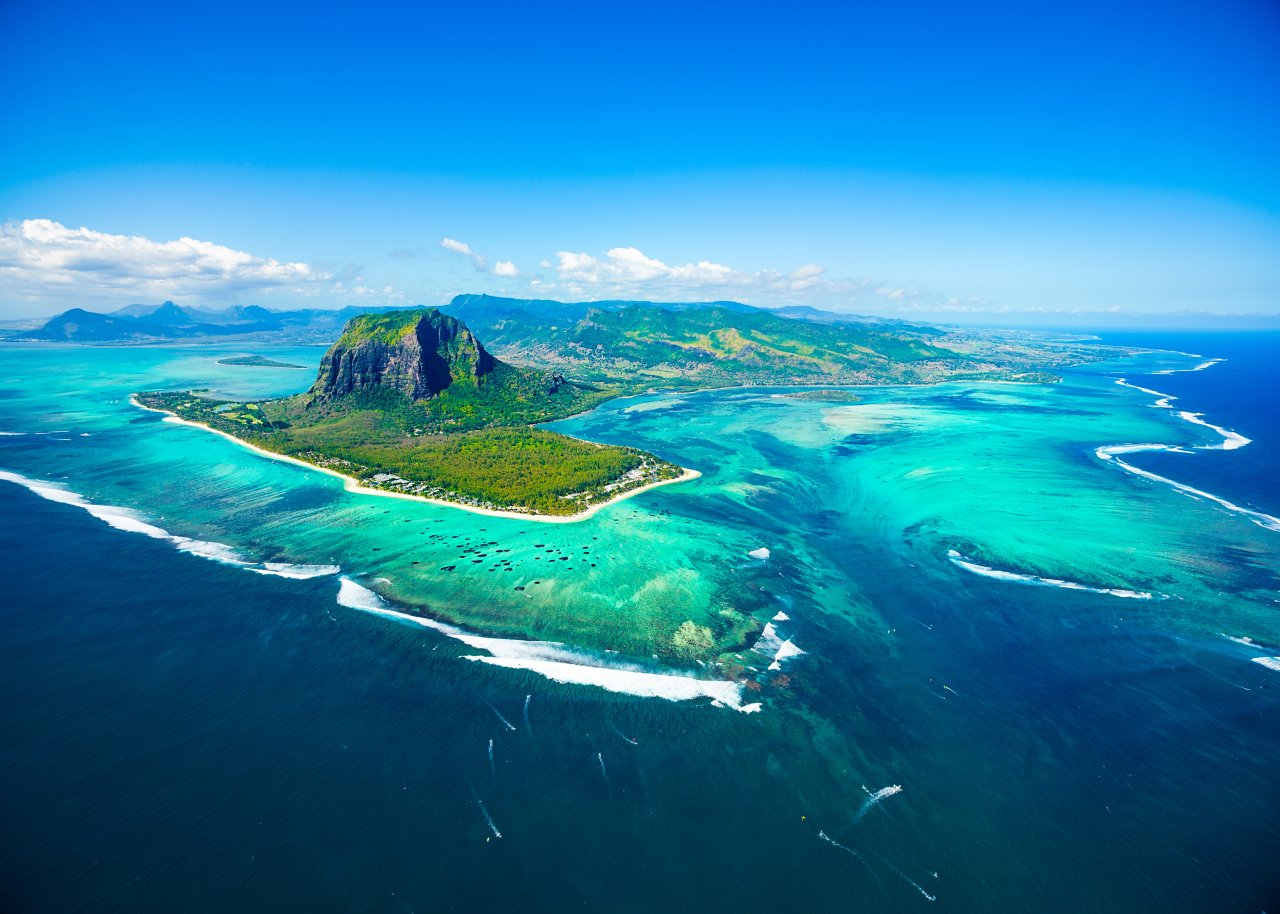Abolition of slavery on this particular French colony proved to be a convoluted process. Initially, slavery had been banned outright in 1794 by the First French Republic. But slave owners balked, maintaining that one stroke of a pen could not simply eliminate all their investments involved in labour purchases (at least not without compensation). Napoleon therefore reinstated slavery.
When the French monarchy was abolished in 1848 and the Second Republic came into being, the question of banning slavery arose once again in the light of the French motto – ‘Liberty, Equality , Fraternity’.
So on 27 April 1848, slavery was abolished for a second time, but with the necessary compensation to slave owners. When the French commissioner arrived on 13 October to announce the new law, he was refused permission to set foot on the island. The following day, he declared that although slavery had been abolished according to the law passed in April, slaves would have to return to work and finish harvesting the crops; only after that was their freedom to be discussed.
This situation was strikingly different from those in Martinique and Guadeloupe, where slaves heard about the new law on 22 May and immediately demanded instant freedom, announcing that they would never again work as slaves. To drive the point home, they promptly set about burning down some of their (former) owners’ houses and business premises.
Eventually, on 20 December 1848, slavery on Réunion was abolished in practice. Former slaves were not only granted liberty, but France also gave them equality, as citizens with full civil rights.
In 1735, Bertrand Mahé de Labourdonnais arrived in the Mascarenes to administer Ile Bourbon and Ile de France (Mauritius) simultaneously, on behalf of the French East India Company. He was responsible for a mini industrial revolution in Réunion, building schools, roads, clinics and a successful export infrastructure. Labourdonnais held his position until 1746, when he left for India. In June 1764, the French East India Company collapsed and the French crown assumed control of its assets. Ile Bourbon was virtually forgotten during the French Revolution. It then fell under the jurisdiction of the Colonial Assembly and, in 1794, was finally renamed Ile de la Réunion. Slavers who had not been ousted from their feudal landlord positions insisted on referring to it as Ile Bonaparte, after Napoleon.
In 1806, Réunion’s agriculture was devastated by a cyclone and the island was rendered wholly dependent on France. Four years later, after Napoleon surrendered to British forces, Réunion was ceded to Britain. On 9 July 1810, the British navy arrived and set about establishing a Royal Marine garrison. They did not assign a governor to Réunion, preferring to invest effort and resources in Mauritius and the Seychelles. Following the signing of the Treaty of Paris (1814) by the British and the French, Réunion, then known as Ile Bonaparte once again, was handed back to France.
France invested heavily in the island: towns were established, the sugar industry was developed and immigration was actively encouraged. With the birth of the Second French Republic in 1848, the name ‘Réunion’ was reinstated. Slavery was abolished in 1848, spelling the liberation of some 63,000 slaves (see box The abolition of slavery: a unique case, page 241). The subsequent lack of labour meant that the Colonial Assembly indentured Indians, Chinese and Arabs between 1848 and 1855.
From 1850 to 1870, the island flourished and the economy boomed, thanks to the sugar industry and the island’s location on the trade routes between Europe, India and the Far East. This period of prosperity was followed by a dramatic decline, attributable to two main causes. Firstly, the opening of the Suez Canal in 1869 removed the need for ships to circumnavigate Africa in order to reach the Far East. Secondly, the use of sugarbeet in Europe, in lieu of expensive imported sugar, dealt a severe blow to the sugar industry. An exodus to Europe ensued.
The two world wars drained Réunion significantly. In World War I, about 15,000 Réunionnais left to fight in Europe. During World War II, Nazi Germany blockaded the French island colonies. Consequently, nothing left or arrived in Réunion for two years and the island declined into a state of famine. By the end of 1942, that abominable blockade was broken. On 9 March 1946, the French Government officially declared Réunion a Département d’Outre-Mer. Today Réunion remains a department of France and thereby a member of the European Union.















